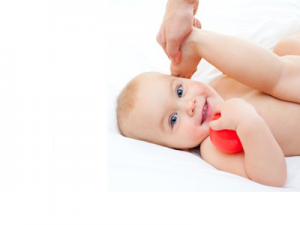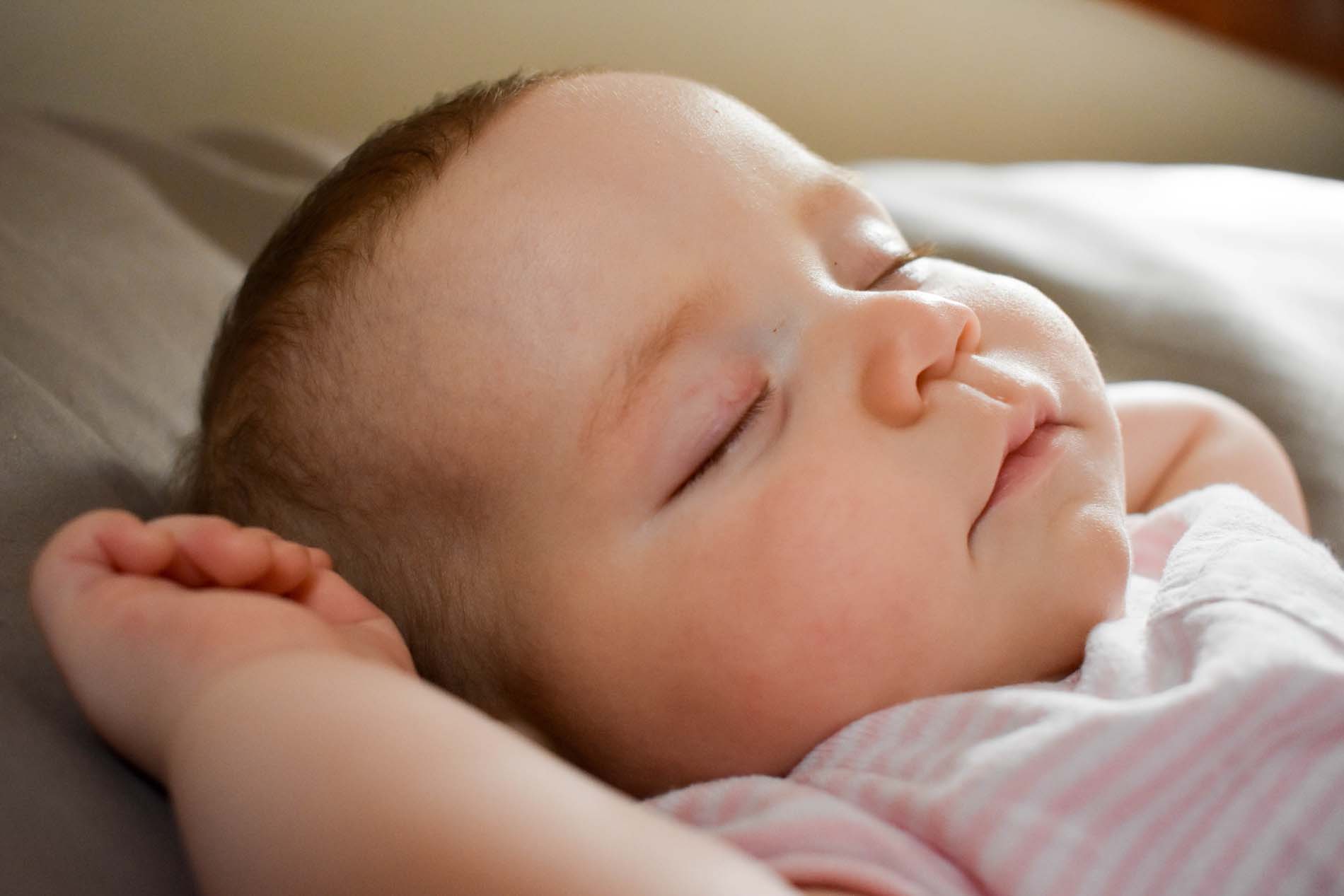
We all know that babies are natural Yogis, so it makes sense to help them enjoy this ancient practice. But, the focus of baby yoga is on gentle stimulation and bonding between parent and baby – not exercise. It’s essentially about the parent and baby connecting with one another, learning to develop trust and confidence, and of course, having loads of fun!
In our busy world and our English weather, babies are snuggled, cuddled, wrapped and strapped. They don’t often get the chance to openly stretch out and discover what their bodies can do. With regular practice, the moves can help increase your baby’s immunity, encourage deep and restful sleep, improve digestion and circulation, and help with movement, strength and flexibility. Many mums and dads find that their confidence in handling their baby also improves, and on balance, practise helps promote the feel-good “love” hormones, such as Oxytocin – strengthening that emotional bond they have with their child.
So, what is Baby Yoga?
Baby yoga is a series of movements which are done by the parent/carer with the baby. The parent guides the baby’s movements while chatting or singing to the baby. Maintaining eye contact with the baby, throughout the practice, is essential; this way, the parent continues to notice their baby’s cues – to ensure they are enjoying this time and connecting. If the baby seems unhappy, then stop and resume the session another time.
The movements can take around 10 – 15 minutes to complete, and the best age to start is from three months. (Before this age, it’s a great idea to enrol in a baby massage class and learn to massage your baby).
Signs your baby is enjoying the Yoga session include:
- Eye contact
- Cooing/ gurgling/ laughing
- Raising eyebrows
- Moving towards you
Signs your baby is not enjoying the Yoga session include:
- Looking away or closing eyes
- Arching back
- Crying/Fussing
- Pulling away from you
It’s best to practice on the floor, in a dimly lit room, as babies are often sensitive to bright light. Ensure the area is clean and warm. You may wish to play soft, restful music. For the baby, you may need a blanket and cushion, and for you a mat and a cushion.
When you are ready to begin, lay your baby in front of you so you can have eye contact at all times. You should sit with legs in a v-shape or cross-legged, being mindful of your own comfort and posture – make sure your spine is straight. You might prefer to sit against a wall for extra back support.
Take a few moments to centre yourself, have a few lovely deep belly breaths. Now look at your baby and try to really notice what mood your baby is in. How is her body reacting? Are her hands scrunched into fists, does she stretch out her legs? Does she turn her head to one side?
Talk to your baby, telling them that you are having quiet, yoga time together. Make your breathing audible, so that your baby will recognise this as a cue to relaxation. Gently touching and holding each body part as we relax and release. As you work through some of the stretches and movements, you will begin to notice your baby’s body language and learn to recognise the subtle (and not so subtle!) signs they demonstrate to tell you how they are feeling, and you’ll also find that this practice is something special that you can both share and enjoy.



